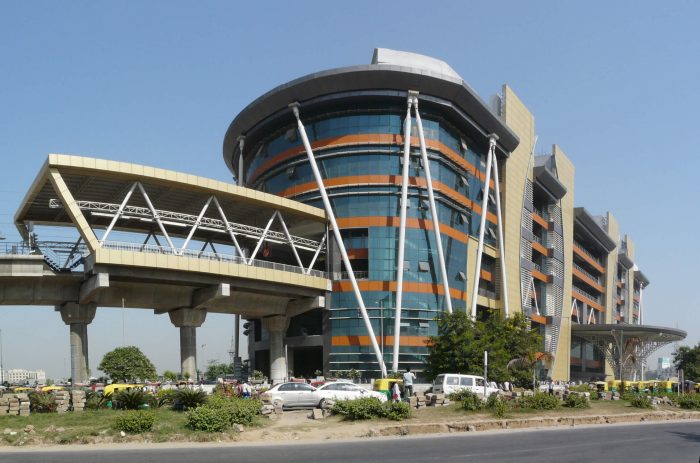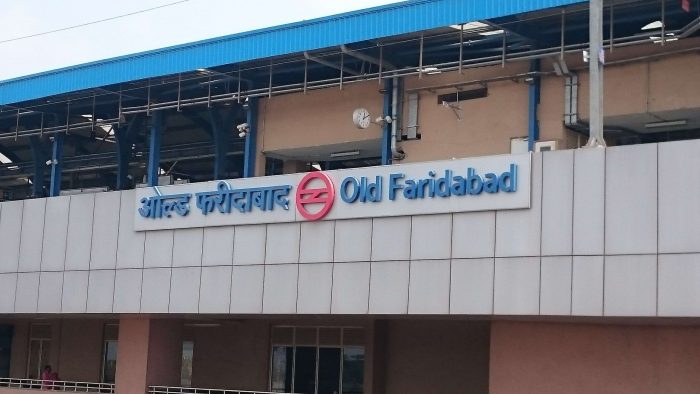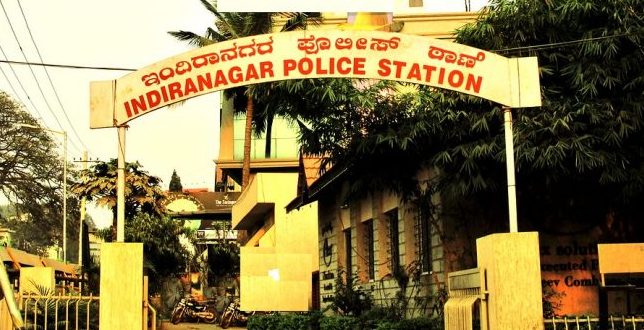Villages in Bangalore City | Bangalore District Villages
The History of Bangalore Villages

Pete & Hali in Bengaluru / Bangalore City
Pete areas in Bengaluru are the oldest localities. It existed from the time of Sri Kempe Gowda’s rule. Similarly few localities have ‘Halli” words as a suffix. In the Kannada language ‘Halli’ means Village. Before urbanization, almost all the places which are commonly known as halli were having the status of a village or it was a village. Few of prominent petes
- Akkipet (rice merchants)
- Anchepet
- Balepet (bangle vendors and musical instrument vendors)
- Chickpet (retail market)
- Cottonpet (cotton traders)
- Cubbonpet/Aralepet (textile merchants of Devanga community)
- Doddapet (wholesale market)
- Ganigarapet (oil merchants of Ganiga community)
- Gollarapet (cowherds)
- Halasurpet
- Huriopet
- Kumbarpet (clay/pot traders)
- Kurubarapet (sheep traders)
- Mamulpet (general traders)
- Manavarthpet
- Muthyalapet (pearl sellers)
- Nagarathpet (gold/silver traders and textile merchants)
- Patnoolpet
- Ragipet (ragi merchants)
- Ranasinghpet
- Santhusapet
- Sultanpet (paper product vendors)
- Sunnakalpet (limestone traders)
- Tharagupet (grain traders)
- Tigalarapet (gardener’s flower vendors)
- Upparpet (salt traders)
After these came Chamarajapete, then Basavanagudi in South and Malleshwaram in North. Chalavadipalya. Other old localities are Padarayanapura, Rayapuram, Benniganahalli, Hosathippasandra, Konena Agrahara. Bellandur, Doddanekkundi, Garudacharpalya. Hagadooru, Hoodi, Kadugudi, Marathalli, Varthur, Kamakshipalya, Banaswadi, Kacharakanahalli, Kadugondanahalli, Kammanahalli, Nagavara, Agaram, Domlur, Jogupalya, Neelasandra, Jayamahal, Ramaswamy Palya & Ulsoor
List of Villages in Bangalore City (Bruhat Bengaluru Mahanagara Palike)
- Abbigere
- Alahalli
- Amani Byrathikhane
- Ambalipura
- Anantapura
- Andrahalli
- Anjanapura
- Arehalli
- Balagere
- Basapura
- Basavanapura
- Begur village
- Belathur
- Bellahalli
- Bellandur
- Bellandur Amanikere
- Beratena Agrahara
- Bhoganahalli
- Bileshivale
- Byrathi
- Chandrashekarapura
- Channasandra
- Chelekere
- Chikkabellandur
- Chikkabettahalli
- Chikkasandra
- Chikkathoguru
- Chokkanahalli
- Dasarahalli
- Devarabisanahalli
- Doddabettahalli
- Doddabidarakallu
- Doddakallasandra
- Doddakannalli
- Doddathoguru
- Ganakallu
- Gidadakonenahalli
- Gollahalli
- Gottigere
- Govindapura
- Gubbalala
- Guddadahalli
- Gunjur
- Hagadur, Immadihalli
- Haralur
- Harohalli
- Hemmigepura
- Herohalli
- Horamavu
- Horamavu Agara
- Hosahalli
- Hosahalli Gollarapalya
- Junnasandra
- K Channasandra
- Kadugodi Plantation
- Kadusonnappanahalli
- Kaikondrahalli
- Kalena Agrahara
- Kalkere
- Kammanahalli
- Karivobanahalli
- Kariyammana Agrahara
- Kasavanahalli
- Kattigenahalli
- Kembathalli
- Kenchanahalli
- Khanekandaya
- Kothanur
- Kothnur Narayanapura
- Kudlu
- Kumbena Agrahara
- Kyalasanahalli
- Lingadheeranahalli
- Lingadheeranahalli
- Manchenahalli
- Myadarahalli
- Naganathapura
- Nagareshwara Nagenahalli
- Nagondanahalli
- Panathur
- Parappana Agrahara
- Pillaganahalli
- Rachenahalli
- Raghuvanahalli
- Ramagondanahalli
- Shettihall
- Siddapura
- Sidedahalli
- Sompura
- Sonnenahalli
- Sorahunase
- Srinivaspur
- Subramanyapura
- Talaghattapura
- Thanisandra
- Thippasandra
- Thirumenahalli
- Thubarahalli
- Turahalli
- Ullal
- Uttarahalli
- Uttarahalli Manavarthekaval
- Vaddarapalya
- Vajarahalli
- Varahasandra
- Varanasi
- Varthur
- Vasanthapura
- Vasudevapura
- Yelenahalli
Villages in Bangalore Urban District
Banglore City is part of the Bengaluru Urban district. Bangalore Urban district came into being in 1986, with the partition of the erstwhile Bangalore into Bangalore Urban and Bangalore Rural districts. Bangalore Urban has five taluks
- Bangalore North (Bengaluru)
- Bangalore South (Kengeri)
- Bangalore East (Krishnaraja Pura),
- Yelahanka
- Anekal.
The district has 17 hoblies, 588 villages, and 9 municipal corporations.
For a Full list of Hoblies & Villages in Five Taluks visit sources: https://bengaluruurban.nic.in/
Sources: https://bengaluruurban.nic.in/ & http://bbmp.gov.in/



